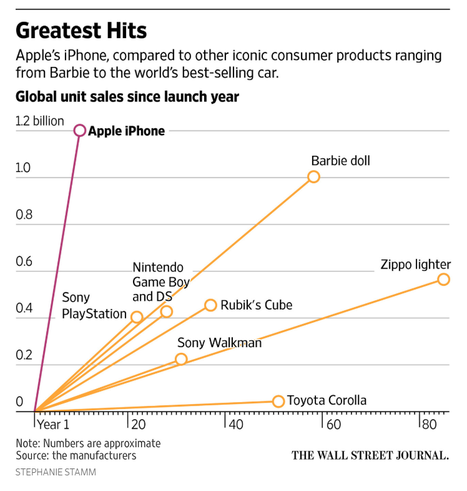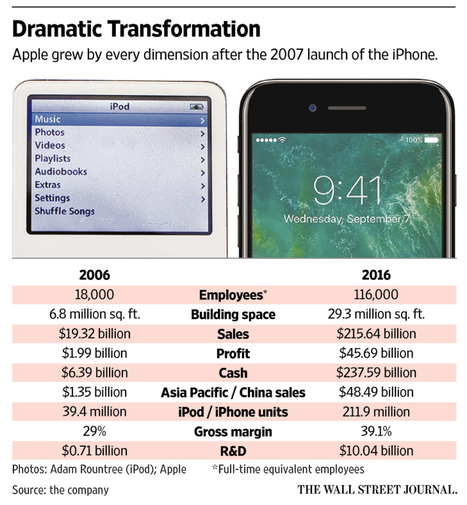(p. A8) Before he was killed by an isolated tribe on a remote Indian Ocean island, John Allen Chau, a young American on a self-propelled mission to spread Christianity, revealed two things: that he was willing to die, and that he was scared.
. . .
He tried to give gifts. A boy shot an arrow at him. He expressed fear, fatalism, frustration and some humor.
The people Mr. Chau chose for his mission are among the most impenetrable communities in the world, known for their intense hostility to outsiders. They have killed or tried to kill many outsiders who attempted to step on their rugged island 700 miles off India’s mainland, where they are one of the last undiluted hunter and gatherer societies.
. . .
Mr. Chau was trying to accomplish the impossible. The people on North Sentinel have not accepted anyone outside their society. Anthropologists, filmmakers and government officials have tried to approach them. Just about all have been driven back by bows and arrows.
. . .
The fishermen said he had told them to give the letter to a friend, in case he did not come back.
In one passage, he asked God if North Sentinel was “Satan’s last stronghold.” In another: “What makes them become this defensive and hostile?”
“It’s weird — actually no, it’s natural: I’m scared,” Mr. Chau wrote. “There, I said it. Also frustrated and uncertain — is it worth me going a foot to meet them?”
He added, “I don’t want to die!”
Still, he went back.
On the afternoon of Nov. 16, the fishermen told police officers, Mr. Chau reassured them that he would be fine staying on the island overnight and that the fishermen could go. They motored out, leaving Mr. Chau alone for the first time.
When they passed by the island the next morning, they saw the islanders dragging his body on the beach with a rope.
No one knows what exactly happened. Police officials said the islanders most likely killed him with bows and arrows.
Mr. Chau’s body is still on the island, but several police officers said they were worried about retrieving it, lest the same thing happen to them.
For the full story, see:
Jeffrey Gettleman, Hari Kumar and Kai Schultz. “American’s Last Letter Before Being Killed by Tribe on a Remote Indian Island.” The New York Times (Saturday, Nov. 24, 2018): A8.
(Note: ellipses added.)
(Note: the online version of the story has the date Nov. 23, 2018, and has the title “A Man’s Last Letter Before Being Killed on a Forbidden Island.”)


